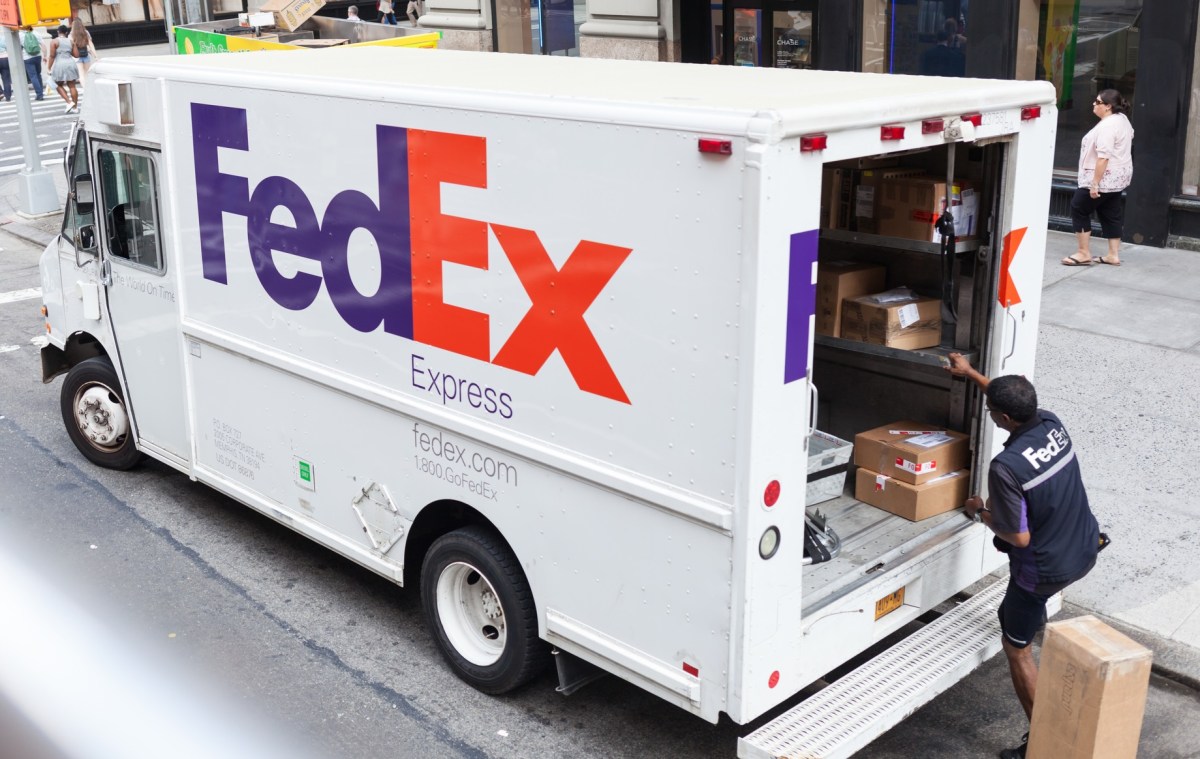FedEx Express, a subsidiary of FedEx Corp, has published a whitepaper, E-Commerce Megatrends to Watch, examining the biggest global e-commerce megatrends.
The paper highlights the digital megatrends occurring in China which are set to have a profound impact on e-commerce trend development across the Asia Pacific region and beyond.
The Asia Pacific, Middle East and Africa (AMEA) region will be at the forefront of e-commerce growth for years to come, according to FedEx Express president of AMEA, Kawal Preet.
“With rising disposable incomes, growing internet penetration, and emerging cross-border e-commerce markets, there is a huge amount of growth yet to be realised,” he said.
“Logistics is the backbone of the e-commerce ecosystem. The simplicity of click to buy must be matched by the speed and convenience of delivery. We continue to build robust networks that offer smart supply chain solutions as well as highly personalised delivery services to help businesses unlock new opportunities as the frontiers of e-commerce advance.”
E-commerce is expected to grow at an average of 47% in the next five years globally. Some of the greatest opportunities emerging from the FedEx white paper are in the following areas:
Customer experience redefined
The whitepaper reveals several megatrends around the confluence of smart cities and homes, connected consumers, experiential marketing, and reinventing shopping experience, making shopping no longer siloed as the blurring of lines between online and offline continue.
In markets like China, North America, and Europe where robust digital infrastructures and technology solutions are in an advanced stage, consumers look for elevated retail experiences through tech-rich offerings like the Cloud Shelf, and Augmented Reality (AR) mirrors in an offline store, or a virtual reality (VR) hotel tour, or livestreaming purchasing experience on mobile.
With the rapid uptake of 5G, businesses can harness new technologies such as Near Field Communications, Artificial Intelligence, bots to provide highly personalised services, bringing enhanced, connected customer experiences beyond retail.
In line with these evolving trends, the logistic industry is working to provide customers with advanced analytics. For example, FedEx Surround collects and combines relevant data about packages to provide more visibility, predictive advisories and opportunities for proactive interventions.
Reaching the unreached
Another megatrend gaining ground is around shifting market frontiers with growing opportunities in tier-two cities and rural areas.
Conventional retailers and mum-and-dad stores are now connecting with customers via business-to-business (B2B) e-commerce platforms and selling products online both domestically and internationally. Benefiting from advanced digital and transportation infrastructure, together with the rising middle classes in tier-two cities, China, APAC and the Middle East are spearheading a revival in conventional retail through digital commerce.
Cashing on convenience
Sharing economy and buying time are two other megatrends, as rising urbanisation, advanced digital infrastructure, and consumers’ changing attitude towards ‘ownership’ continues to drive the growth of shared economy.
North America and Europe are currently in the lead. However, in China, more than half of the population are estimated to participate in it. Convenience is the underlining factor encouraging brands to cross-collaborate and innovate to meet consumers’ needs.
From car-sharing and apartment renting to group-buying, consumers’ demand for shared services is fostering innovations.Among these, e-commerce has become a critical time-saver for consumers, providing fulfillment with just a click. At the same time, with consumers’ rising disposable incomes, demand for an on-demand serviced life is set to soar. Globally, 48% of consumers are willing to spend money to save time.

